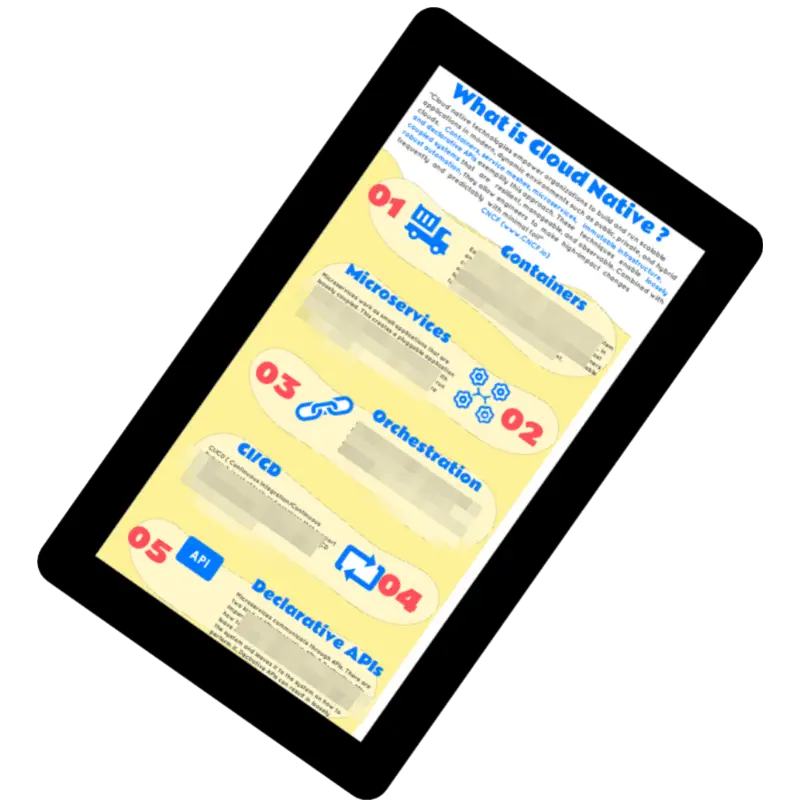“Disaggregated Networking” is good, but “Network Cloud” is better.
This is my analysis for one vendor’s approach to routing, after attending the NFD event on service provider that was held December 8-9 and that was Drivenets presentations on network cloud. I was one of the analysts that attended the event.
Disclaimer: This is my own analysis. The vendor did not ask for nor were they promised any kind of consideration in the writing of this post. This is not a sponsored post. My conclusions here represent my own thoughts and opinions.
Coming back to the routing in general, for a while I wanted to write that routing needs a fresh approach.
Routing Needs New Approach
During the last twenty to thirty years, we have not seen a lot of innovation in routing. For example, we still see the router as a monolithic piece of software tied to the hardware. The software is “made for the hardware”. New features in software highly depend on the hardware itself. In many cases, it means an upgrade of the hardware to support new features.
This tight integration means that routing is mainly dominated by a few big vendors. This is a good business after all to be in both hardware and software as a business in one can translate into business in another area.
This is not good for the end-user, though. For the end-user, it means sometimes waiting for months or years to get new features as the vendor needs to integrate and test any new feature with its own hardware or develop that “new card” as the current one is not compatible. Needless to say, it’s a barrier to the time to market to and service innovation.
Is basic Disaggregated Networking an answer?
Yes, but not enough!
Arguably, this should be the first approach to the routing.
“Disaggregated networking means software is abstracted from the hardware. We can buy a white box from one vendor that runs a commodity ASIC such as Broadcom and software, from another vendor”

On the other hand, this approach is still not enough.
The software could still be monolithic, albeit now we can buy the software from one vendor and the hardware from another, so we have more choices.
From “Disaggregated Networking” to “Network Cloud”
While Disaggregation is the first step. Taking it to the next step of “Network Cloud” opens the door of innovation.
And this is exactly what Drivenets has done
They have approached networking with the cloud perspective, thus taking it from disaggregated networking to “network cloud”
Come to think of it! We have seen server innovation through virtualization and cloudification over the years. We see obvious benefits of the cloud when it comes to compute such as scale in and scale out of resources. Above all, cloud-native applications take it one step further. With cloud-native applications, it is easy to innovate, add new features, and scale the apps in a breeze.
This is also disaggregation but at a different level.
Drivenets has translated that into networking and what they call it “Network Cloud”
Consider the diagram below:

With “Network Cloud”, the white box layer becomes a resource pool. It is treated as a cluster. A network hypervisor is introduced that abstracts the networking resources.
This is augmented with a cloud-native apps layer. With this, the cluster turns agile. It can work as an edge, aggregation, or core routing layer. security apps like Firewall and DPI can also be introduced. Or different apps can be run in mix environment.
Now think of it. The hardware layer is not changing at all. While all the innovation is at the software layer. The hardware is just a resource that can be scaled separately.
All this with the benefit of the cloud. Start with a single white box, then start adding more white boxes in the cluster as the expansion needs arise. This provides a “scale-out” approach as promised by the cloud. Not to forget that the approach is more resilient as it does not tie the software to any particular box, so a failure of a box does not affect any application.
I believe it is time the approach to routing is changed. The Mobile core has seen it with the cloud-native 5G core, the transport needs this now. The legacy and monolithic way of building the routers impede service innovation. The cloud-native way of routing cuts down on applications development time and provides a more agile way of launching new services. The service providers must look for out of box approach if they want to evolve their routing layer quickly and enable it for service innovation rather than treat it as a cost center.
